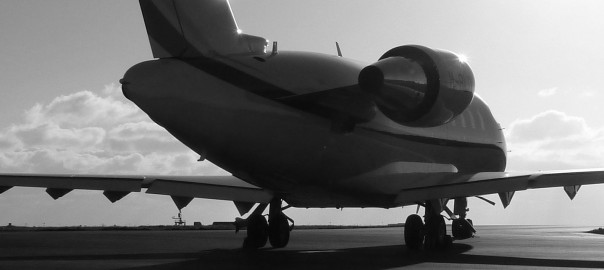Being the only Scandinavian jurisdiction which has ratified the Cape Town Convention, leasing companies and financiers have discovered that the Norwegian Civil Aircraft Registry provides for international security which is not available in other Scandinavian jurisdictions.
The Cape Town Convention on International Interests in Mobile Equipment of 16 November 2001 and its Protocol on Matters Specific to Aircraft Equipment (collectively referred to as the “CTC”) has been ratified by Norway as the only Scandinavian jurisdiction. The CTC is today ratified by 52 countries, and it entered into force in Norway 1 April 2011.
Aviation finance is a highly international business, and the mobility of the equipment being financed has always raised several cross border challenges. These challenges relate among others to different laws in different countries regarding recognition of rights and different rules relating to insolvency. Having the Sterling Airways bankruptcy in mind, the need for harmonised rules is obvious. When Sterling Airways went into bankruptcy in Denmark a few years ago, the repossession and export of aircraft from Denmark turned out to be a lengthy and complex matter for leasing companies.
Another reason for needing international rules on recognition of rights in aviation finance is the fact that engines are removed and very often installed on other aircrafts than the one they belong to, and in some instances also being subject to a pooling arrangement in which several airlines may participate. Engines owned and financed by third parties may therefore be operated by other airlines in other jurisdictions than the one the engines were leased to in the first place. An international regime that protects the rights of the owners and the financiers is therefore key to this industry.
The CTC is the answer to these challenges. Even if it does not provide a solution to all challenges, it is the legal regime which is being embraced by the aviation finance community. The CTC provides for an international registry in which rights in aircraft and engines may be registered. Such registration will then be recognised and enforceable in jurisdictions having ratified the CTC. The international registry is based in Ireland, but works on a web based solution in which the parties make the necessary filings on line. As opposed to what is possible in the Norwegian Civil Aircraft Registry, mortgages can be registered both in the airframe and the engines separately.
The CTC does also provide for an instrument which may give leasing companies, banks or others being appointed the possibility of quickly repossessing the aircraft, e.g. in case of insolvency of the airline to which the aircraft is being leased. Under the scheme of the Cape Town Convention, an Irrevocable De-registration and Export Request Authorisation (IDERA) can be issued, giving a specified entity the powers to take the necessary steps in order to de-register an aircraft from registry. The IDERA needs to be executed by the registered owner of the aircraft, and will also be filed with the Norwegian Civil Aircraft Registry. In case of insolvency of an airline, this could be an effective remedy as a preapproved entity, e.g. the financier, has been granted the sole rights of repossessing the Aircraft, rights which will be acknowledged by the Norwegian Civil Aircraft Registry due to the CTC being in force in Norway.
For this reason it was reported some time ago that the airline SAS was forced to move aircraft on operational lease agreements from other Scandinavian aircraft registries to Norwegian registry in connection with its restructuring process. Having the aircraft on a CTC compliant registry does also affect the finance costs in today’s aviation finance market. Norway is one of the few countries qualifying for the discount under the Aircraft Sector Understanding (ASU) of OECD export credit agencies. This shows the increasing importance of the CTC.



